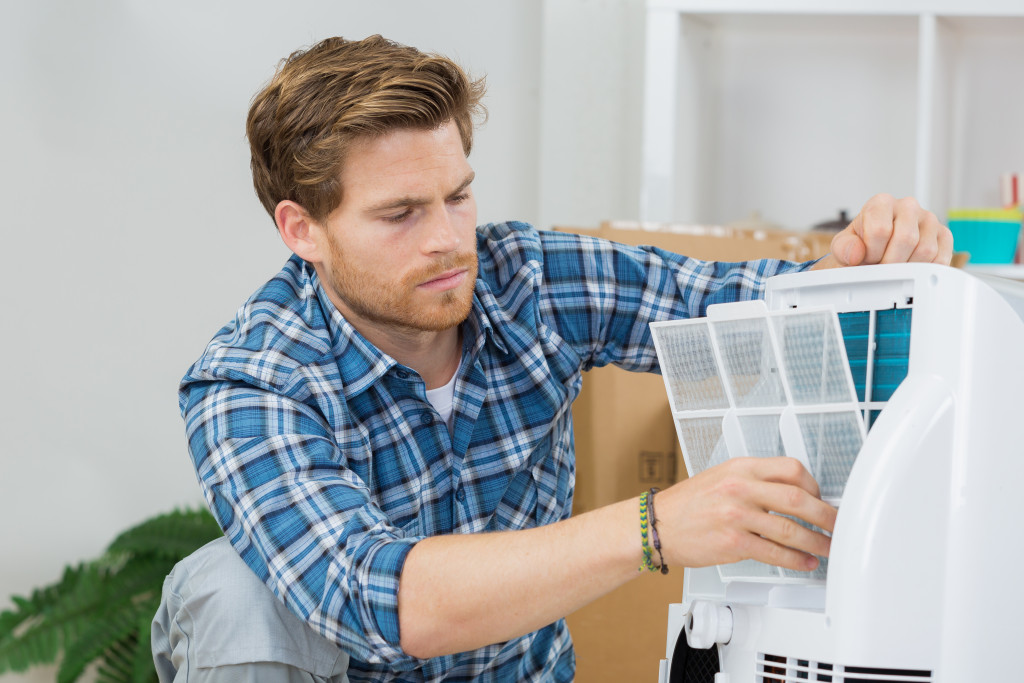These days, people are becoming more conscious about how their lifestyle impacts the environment. It may not seem much, considering there are billions of people living on earth. But still, many consumers are starting to change their lifestyle for the favor and in favor of the environment.
Many eco-conscious people started embracing eco-friendly practices to reduce their environmental impact. Some started making environment-friendly purchases by skipping single-use plastics and embracing products made by sustainable brands. Others went on living a simpler lifestyle to reduce their waste production.
Many people started living a minimalist lifestyle, knowing this will help them declutter and dispose of their unnecessary belongings the responsible way. Instead of shopping for fast fashion, they went thrift shopping to embrace their creativity. Others even started sewing their own clothes with the help of sewing patterns online to give life to old clothes and fabrics.
But for some people, they are taking their eco-friendly lifestyle to another level. Many homeowners are now improving their homes in an environment-friendly way. While not everyone can afford to install solar panels or invest in the latest energy-efficient appliances, there are budget-friendly ways to tackle eco-friendly home improvements.
DIY Energy Audit
An energy audit is a professional energy use assessment. A professional auditor will go to your home and check the house for any areas where energy is being lost. They can help you learn the necessary measures you can take to make the space more energy-efficient.
If your budget is not enough to cover for a professional energy audit, you can always go the DIY way. This may not be the best way to check which areas of your home need an energy-efficient improvement. But this can help you determine the easier areas you can inspect to find opportunities to save energy.
When it comes to a DIY energy audit, you will need to cover the following areas.
- Air Leaks
- Appliances
- Heating and cooling equipment
- Insulation
- Lighting
- Ventilation
Cheaper Alternatives When Making Certain Upgrades

One budget-friendly way to improve your home the environment-friendly way is to turn to cheaper upgrades that are also energy-efficient. You don’t necessarily need to replace your working appliances to save money and conserve energy. You can choose better alternatives that have a lesser impact on the environment.
Take ceiling fans, for instance. Instead of replacing your whole HVAC system, turn to regular HVAC maintenance and use ceiling fans to heat and cool your home. How you set the direction of your ceiling fans can help you heat or cool your home accordingly.
If you need new flooring, you can go for cork or linoleum flooring instead of recycled hardwood or natural stone flooring. These are cheaper per square foot, easy to maintain, and can be renewed or recycled. Just make sure you consider the transport distance and manufacturer when choosing your supplier.
Want a bathroom makeover? A full bathroom renovation can produce lots of waste and can be costly at the same time. What you can do instead is to choose a few key areas you can renovate the green way.
For one, you can consider replacing your old water fixtures with low-flow ones. These use a lesser amount of water and can help you save up to 60% over regular water fixtures. The less water you use, the more water you save and the less water you waste.
Dimmable Led lights are also a better alternative compared to halogen bulbs. These last longer, consumers 90% less energy, and run on a quieter operation. Investing in these may seem expensive, but in reality, they can save you more money in the long run.
Proper Insulation
Most of the time, the main reason why your HVAC system needs to work overtime is that your home is not properly insulated. A well-insulated home allows you to enjoy lower heating and cooling costs. Investing in additional insulation can be a cheap way to make your home more eco-friendly.
Thankfully, there are many cheap green insulation strategies you can consider. Here are some of them.
- Seal air leaks with caulking and weatherproofing strips
- Choose blackout curtains as window treatments
- Create a DIY door snake to fix drafty doors
- Plug your chimney with a chimney balloon when not in use
- Use reflective foil material to seal attic leaks
Hemp and Cellulose insulation are among the cheaper insulation materials you can choose from. There are both environment-friendly insulation materials perfect for floors and roofs. Other green insulation materials are wood wool, cork, and sheep’s wool.
Improving your home the green way does not necessarily need to be that expensive. You can start with smaller projects that have a lesser impact on the environment. What’s important is that you consider the impact your project will have on the environment to make more informed decisions when improving your home.
